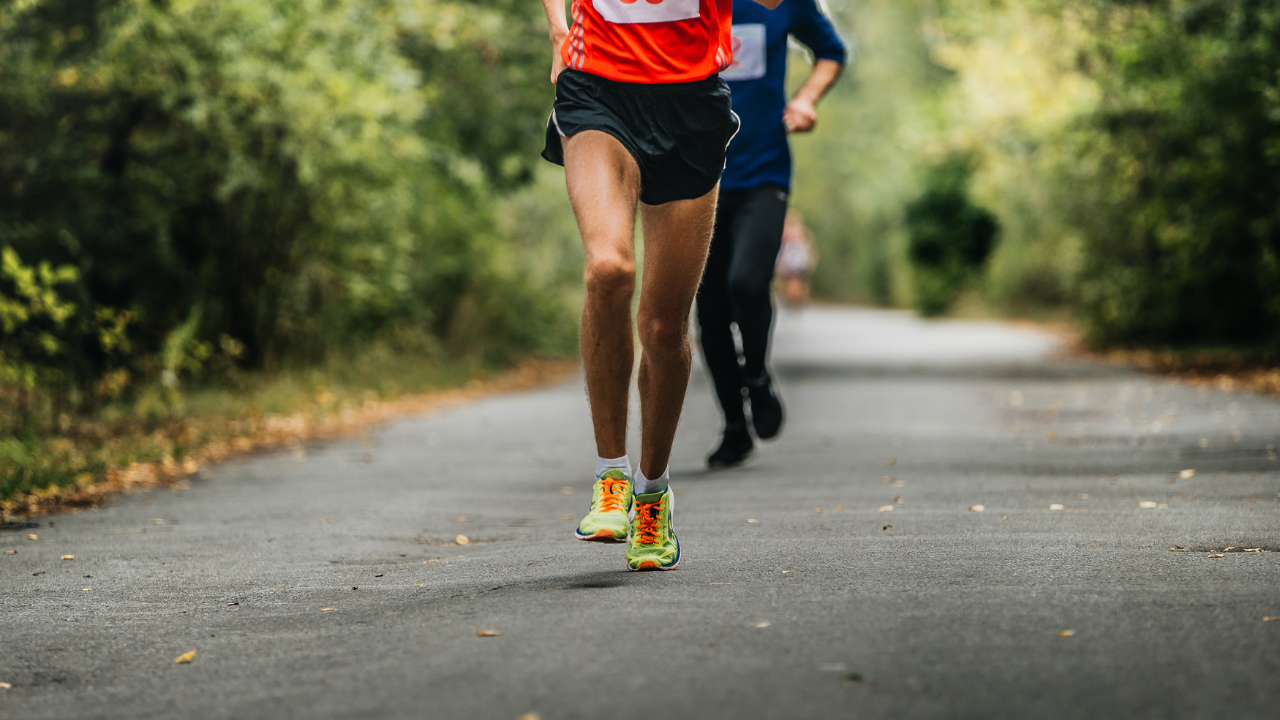
Your Guide to Training for Your First Ultramarathon
Training for your first ultramarathon is a monumental journey that requires dedication, consistency, and strategic preparation. As you embark on this adventure, you must equip yourself with the right knowledge and tools to ensure a successful race day. This guide provides comprehensive insights into pre-run preparation, training tips, nutrition plans, gear recommendations, race day strategies, and post-race recovery to help you navigate every aspect of your ultramarathon training.
Pre-Run Preparation
Training Tips
Build a Strong Base:
- Long Runs: Begin with weekly long runs, gradually increasing your mileage by no more than 10% each week to avoid injury.
- Interval Training: Incorporate interval sessions, such as fartlek or tempo runs, to enhance your speed and endurance.
- Hill Workouts: Regularly include hill repeats and incline work on treadmills to build leg strength and improve cardiovascular capacity.
- Strength Training: Add strength training exercises like squats, lunges, and core work 2-3 times a week to support your running muscles.
- Rest and Recovery: Schedule rest days and lighter training weeks to allow your body ample time to recover and adapt.
Consistency is Key:
- Structured Plan: Follow a structured training plan tailored to your fitness level and race distance.
- Cross-Training: Engage in activities like cycling, swimming, or yoga to promote overall fitness and reduce the risk of overuse injuries.
- Listen to Your Body: Pay attention to signs of fatigue or discomfort, and adjust your training accordingly to prevent burnout.
Nutrition and Hydration Plan
Nutrition
Balanced Diet:
- Nutrient Timing: Consume a balanced diet rich in complex carbohydrates, lean proteins, and healthy fats. Aim to eat small, frequent meals throughout the day.
- Whole Foods: Focus on nutrient-dense foods such as fruits, vegetables, whole grains, nuts, seeds, and lean meats.
- Pre-Run Fueling: Eat a carbohydrate-rich meal or snack 1-2 hours before your runs to ensure sustained energy levels.
Hydration Strategy:
- Daily Hydration: Aim for at least 8-10 glasses of water daily, adjusting for increased sweat loss during training.
- Training Hydration: Practice drinking water and electrolyte solutions during long runs. Test different hydration strategies to determine what works best for you.
- Race Day Hydration: Plan your race day hydration based on your training experiences, ensuring you maintain adequate fluid and electrolyte balance.

Gear and Clothing Recommendations
Footwear:
- Trail Running Shoes: Choose trail running shoes that offer good support, cushioning, and grip. Consider getting fitted at a specialty store.
- Socks: Wear moisture-wicking, anti-blister socks to prevent blisters and hotspots.
- Break-In Period: Gradually break in new shoes during shorter runs to avoid discomfort on race day.
Apparel:
- Moisture-Wicking Fabrics: Select clothing made from moisture-wicking materials to keep you dry and comfortable.
- Layering: Dress in layers to accommodate changing weather conditions. Opt for a lightweight, breathable jacket if needed.
- Comfort: Ensure your clothing is comfortable and reduces the risk of chafing.
Accessories:
- Hydration Pack/Belt: Use a hydration pack or belt to carry fluids and snacks during your long runs and race.
- Sun Protection: Equip yourself with sunglasses, a hat, and sunscreen to protect against sun exposure.
- Safety Gear: Consider carrying a small first aid kit, whistle, and ID in case of emergencies.
The Race Day Experience
Race Route and Terrain
Course Overview:
- Elevation Profile: Study the course elevation profile to anticipate climbs and descents, and plan your pacing strategy accordingly.
Terrain:
- Trail Types: Expect a mix of dirt trails, rocky paths, and paved segments. Train on similar surfaces to familiarize yourself with varying terrains.
- Technical Sections: Practice navigating technical sections, such as rocky or uneven ground, to build confidence and agility.
Pacing and Mental Strategies
Pacing:
- Conserve Energy: Start at a comfortable pace to conserve energy for the latter part of the race. It’s better to start slow and finish strong.
- Checkpoints: Use milestones (e.g., every five miles) to check your pace and make adjustments as needed.
Mental Toughness:
- Segment Goals: Break the race into smaller, manageable segments to avoid feeling overwhelmed. Celebrate small victories along the way.
- Positive Affirmations: Use positive self-talk and visualization techniques to stay focused and motivated. Remind yourself why you are doing this and visualize crossing the finish line.
Aid Stations and Support
Aid Stations:
- Strategic Placement: Aid stations are strategically placed along the course to provide water, electrolytes, and snacks. Familiarize yourself with their locations.
- Utilize Resources: Take advantage of these stations to refuel and rehydrate. Practice using similar fuels and drinks during training to prevent gastrointestinal issues.
Support Crew:
- Coordination: If allowed, coordinate with friends and family to provide additional support at designated points. Ensure they understand your plan and needs.
- Encouragement: Having familiar faces and encouragement along the course can boost morale and provide emotional support.
Post-Race Recovery
Rest and Recovery
Rest:
- Rest Days: Allow your body to rest and recover after the race to prevent injuries. Avoid intense physical activity for a few days post-race.
- Alternative Activities: Focus on low-impact activities like walking, gentle yoga, or stretching to aid recovery.
Sleep:
- Adequate Sleep: Aim for at least 7-9 hours of sleep per night to support muscle recovery and overall well-being.
Nutritional Needs:
Post-Race Nutrition:
- Balanced Meal: Refuel with a balanced meal that includes carbohydrates, protein, and healthy fats within 30-60 minutes post-race.
- Electrolyte Replenishment: Replenish lost electrolytes and fluids with water, sports drinks, or coconut water.
Supplements:
- Recovery Support: Consider taking supplements like magnesium or omega-3s to support muscle recovery and reduce inflammation.

Recommended Activities
Stretching and Foam Rolling:
- Muscle Relief: Incorporate gentle stretching and foam rolling to relieve muscle tightness and improve flexibility. Focus on all major muscle groups.
- Routine: Make stretching and foam rolling a regular part of your post-run routine to maintain mobility.
Massage Therapy:
- Professional Massage: Treat yourself to a professional massage to promote circulation, ease muscle soreness, and aid in recovery.
Active Recovery:
- Light Activities: Engage in light activities like swimming or cycling to keep your body moving without putting too much strain on your muscles. This helps to flush out toxins and promote recovery.
Completing your first ultramarathon is a remarkable achievement that demands thorough preparation, mental fortitude, and unwavering commitment. By following this comprehensive guide, you’ll be well-equipped to tackle the challenges of ultramarathon training and race day. Remember to listen to your body, maintain a balanced approach to training and recovery, and enjoy the journey. Embrace the process, celebrate your progress, and savor the incredible experience of crossing the finish line. Happy running!





